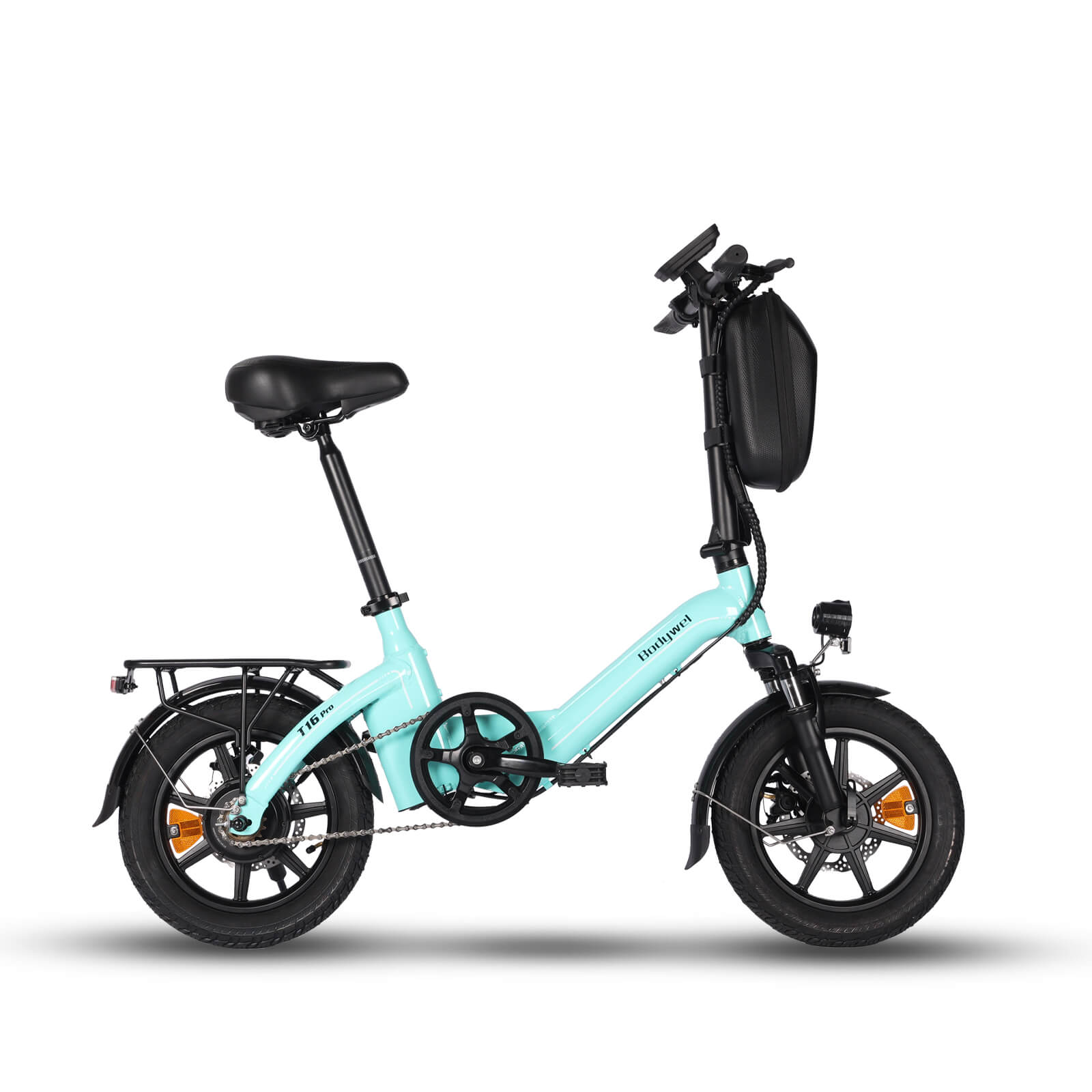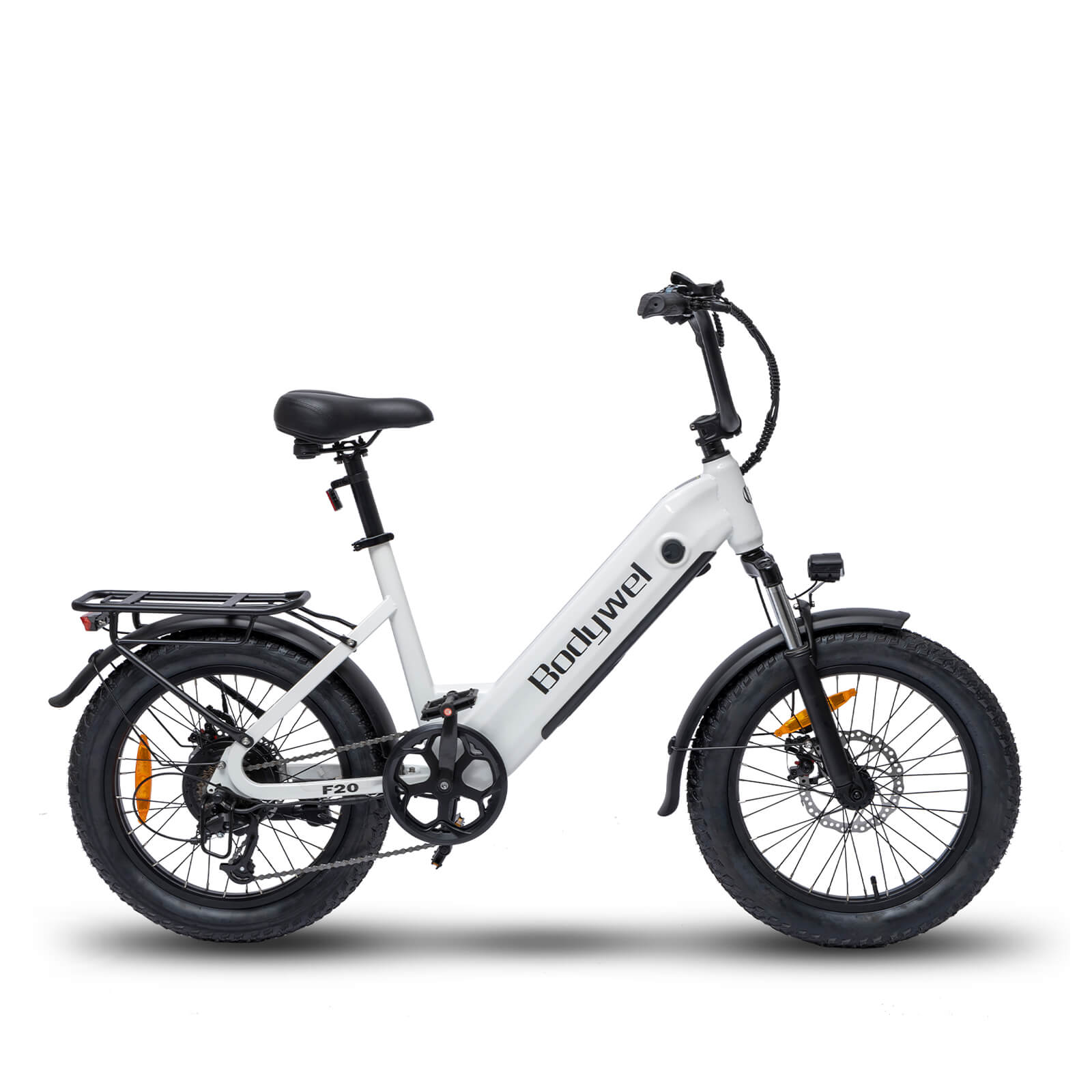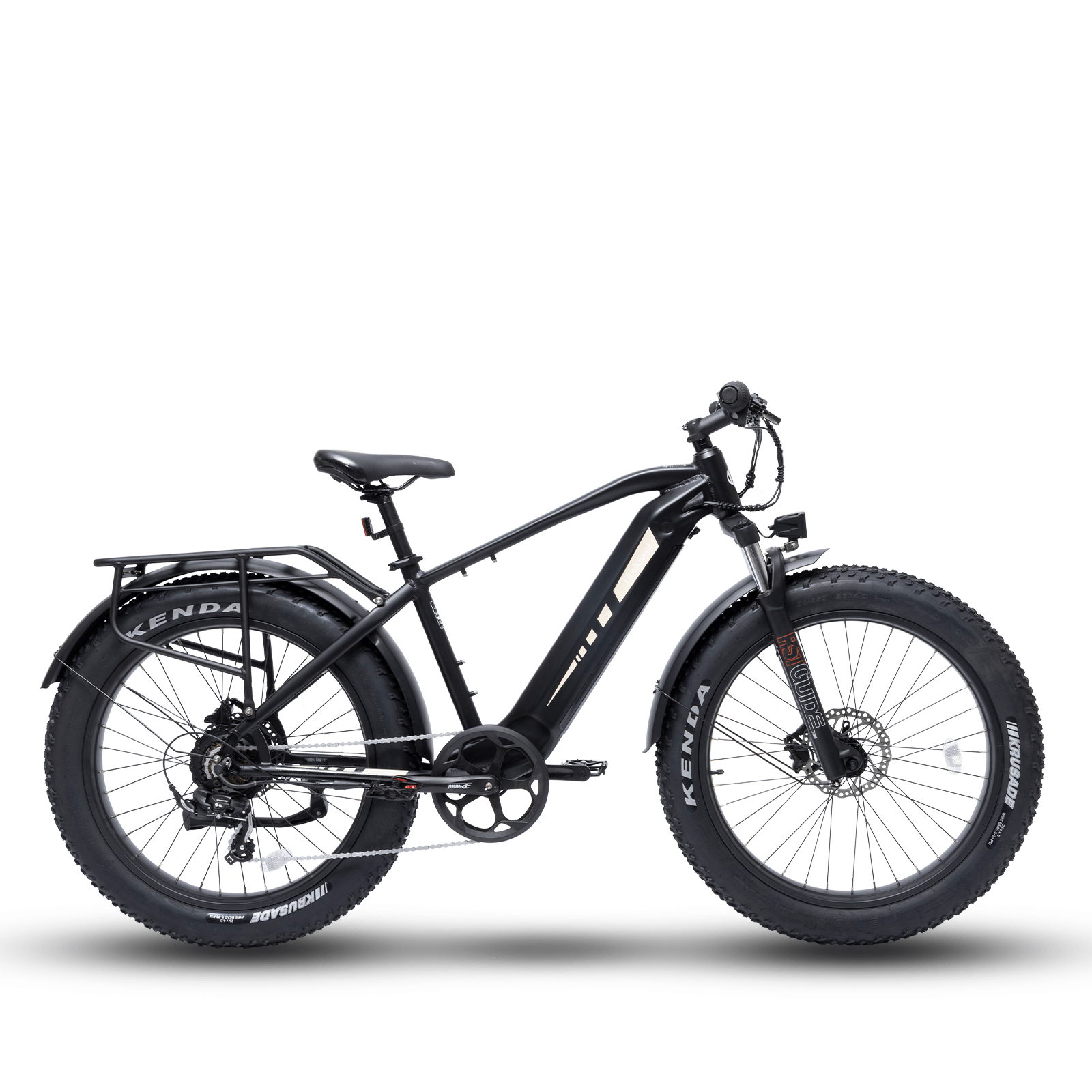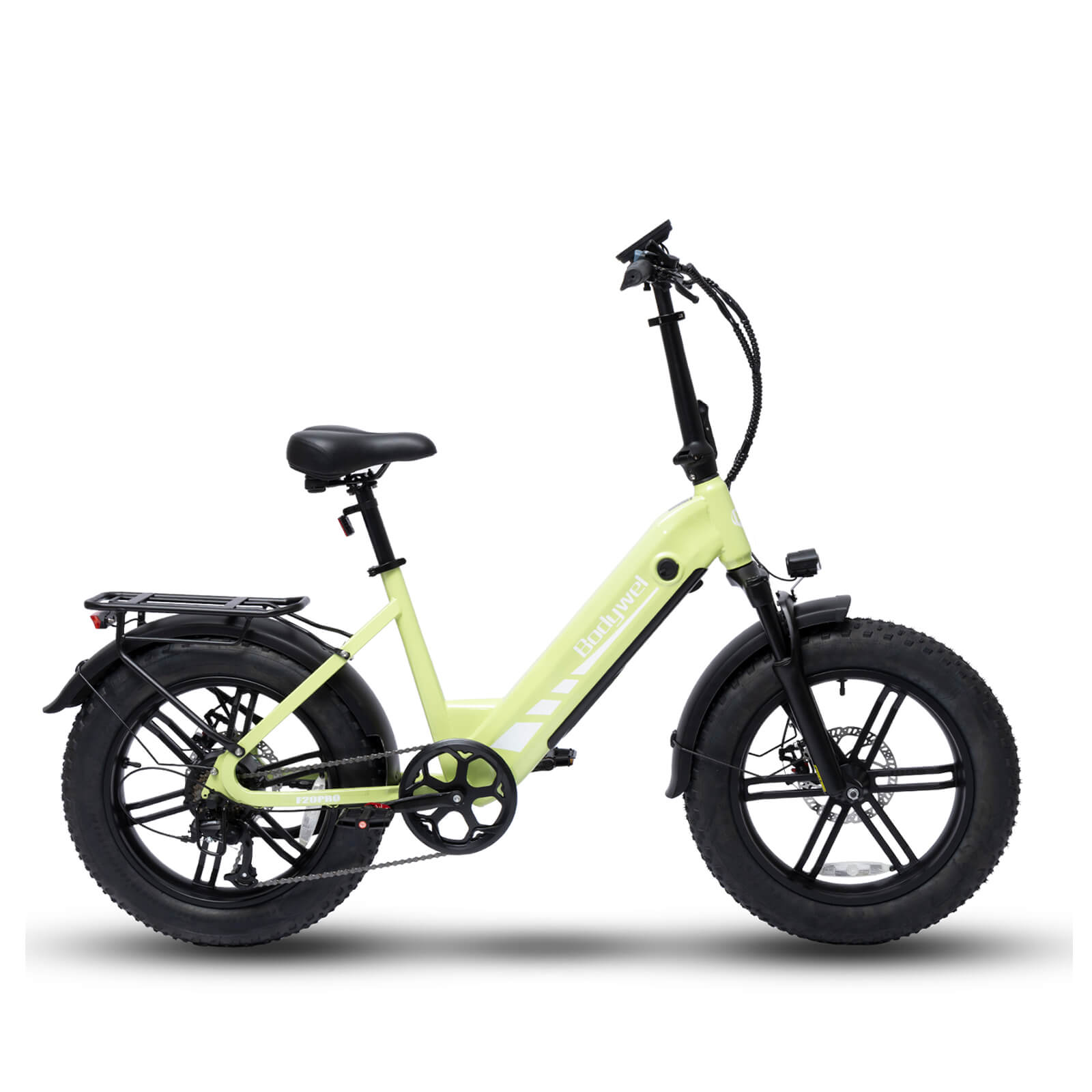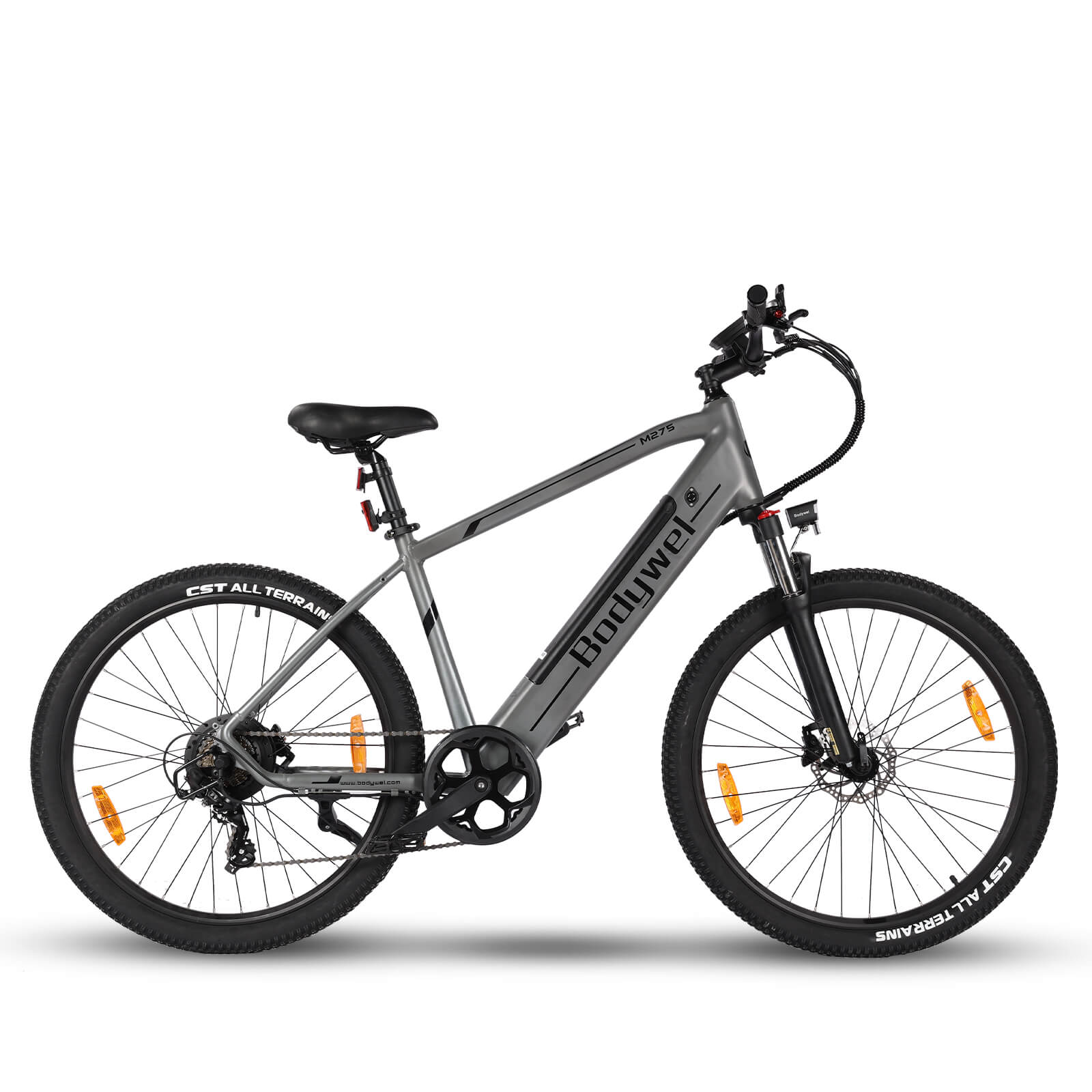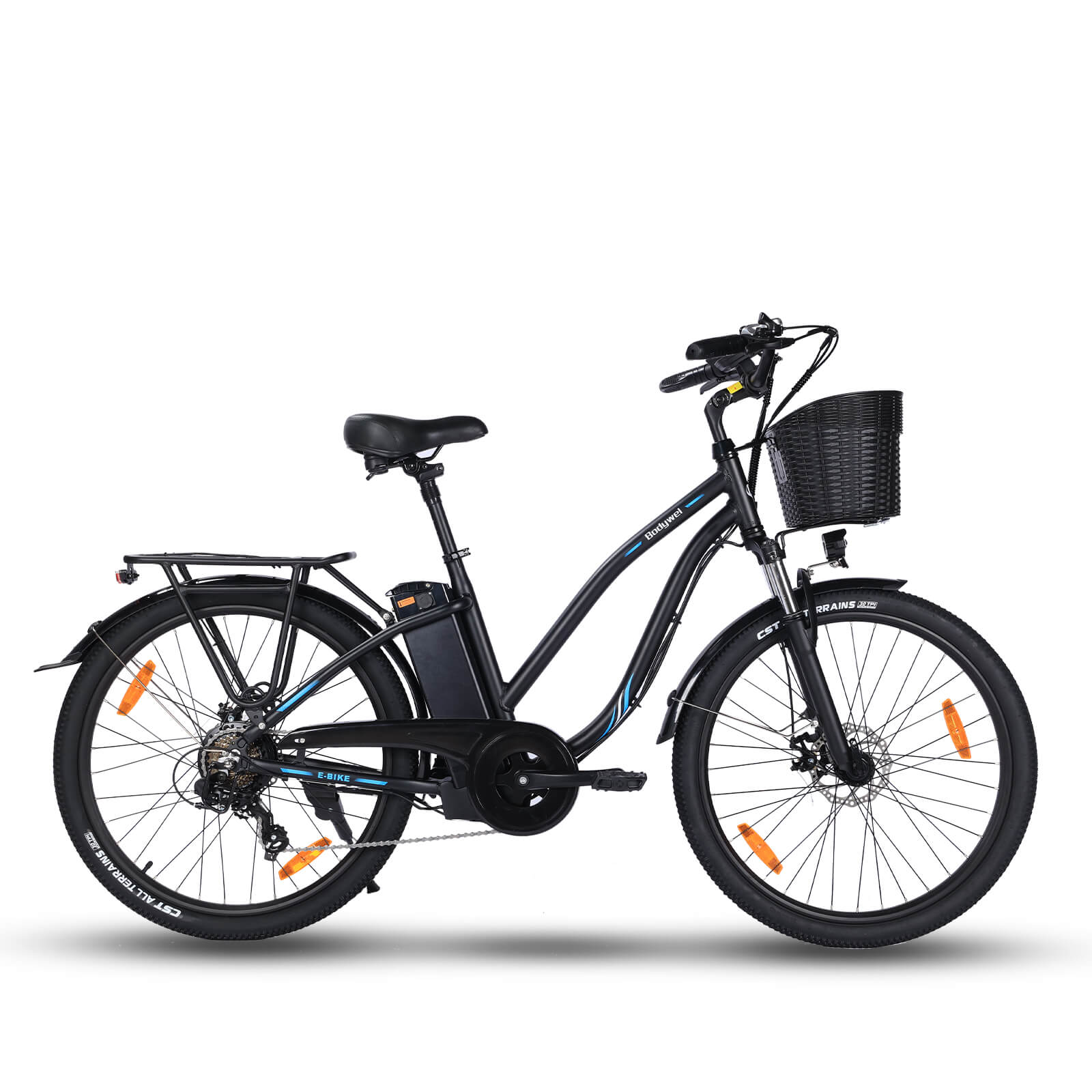5 wichtige Vorteile von Fat Tyre E-Bikes für Outdoor-Fahrer

Fatbikes vereinen robuste Stabilität mit umweltfreundlicher Energie und sind damit ideal für Offroad-Strecken, Sandstrände und verschneites Gelände. Dieser Ratgeber zeigt fünf wichtige Vorteile, die das Outdoor-Fahrerlebnis verbessern.
Verbesserte Stabilität auf anspruchsvollem Gelände
Breitreifen-Elektrofahrräder mit einer Reifenbreite von 3,8 bis 5 Zoll bieten unübertroffene Traktion auf losem oder unebenem Untergrund wie Schotter, Schlamm oder steinigen Wegen. Die vergrößerte Aufstandsfläche verteilt das Gewicht gleichmäßig und minimiert das Rutschen – ein entscheidender Vorteil beim Mountainbiken oder auf abgelegenen Trails.
Beispielsweise berichten Fahrer von 27 % weniger Balancekorrekturen im Vergleich zu Standard-E-Bikes beim Navigieren auf technischen Singletracks. Die Niederdruckreifen (typischerweise 5–15 PSI) wirken als natürliche Stoßdämpfer und reduzieren Vibrationen, die oft zu Ermüdung führen.
Ganzjährige Fahrtauglichkeit
E-Bikes mit dicken Reifen überwinden saisonale Einschränkungen. Ihr grobstolliges Profil und die breite Aufstandsfläche eignen sich hervorragend für Schnee (bis zu 25 cm Tiefe) und Sand, wo herkömmliche Fahrräder einsinken würden. Das macht sie beliebt für den Winter-Pendlerverkehr oder Strandausflüge.
Eine Studie des Bicycling Magazine bestätigte, dass Modelle mit dicken Reifen bei Schnee 89 % ihrer Traktionseffizienz behalten, im Vergleich zu 43 % bei herkömmlichen E-Mountainbikes.
Geringere Ermüdung des Fahrers durch elektrische Unterstützung
Die Kombination aus Tretunterstützungsmotoren (250 W–750 W) und breiten Reifen ermöglicht das mühelose Zurücklegen längerer Strecken. Der Fahrer kann sich auf die Navigation im Gelände konzentrieren, während der Motor den Rollwiderstand ausgleicht – entscheidend für mehrstündige Abenteuer.
Mittelantriebssysteme, wie sie in Premiummodellen wie dem Ride1Up Prodigy üblich sind, optimieren die Kraftübertragung bei steilen Anstiegen. Tester von ElectricBike.com stellten bei 32 Kilometern Fahrten in gemischtem Gelände eine 62-prozentige Reduzierung der gefühlten Anstrengung fest.
Vielseitiges Design für die Erkundung mehrerer Oberflächen
Diese Hybrid-E-Bikes machen mehrere Spezialräder überflüssig. Durch einfache Reifendruckanpassungen (8 PSI für Sand vs. 15 PSI für Asphalt) passen sie sich an unterschiedliche Umgebungen an – von Stadtstraßen bis hin zu alpinen Wäldern.
Branchenführer wie Specialized und Trek integrieren mittlerweile modulare Komponenten, die einen schnellen Wechsel zwischen Pendler- und Offroad-Konfiguration ermöglichen. Diese Flexibilität erklärt, warum 41 % der Abenteuerreiseveranstalter mittlerweile Fatbikes als primäre Flottenfahrzeuge nutzen.
Überlegene Haltbarkeit und Tragfähigkeit
Verstärkte Rahmen und pannensichere Reifen (oft mit Kevlar-Beschichtung) halten harten Stößen stand. Die robuste Konstruktion trägt auch höhere Lasten – ideal für Bikepacking mit Ausrüstung bis zu 180 kg (Fahrer + Gepäck).
Laut Bikepacking.com kommt es bei Fatbikes im Vergleich zu herkömmlichen Modellen bei längeren Touren um 73 % weniger zu mechanischen Ausfällen. Die abgedichteten Lager und korrosionsbeständigen Ketten erhöhen die Lebensdauer zusätzlich.
Wichtige Erkenntnisse für Outdoor-Enthusiasten
Für Fahrer, die Wert auf Anpassungsfähigkeit und Leistung in unvorhersehbarem Gelände legen, bieten E-Bikes mit dicken Reifen messbare Vorteile. Berücksichtigen Sie bei der Modellauswahl das Drehmoment (≥ 80 Nm für steile Anstiege) und die Akkureichweite (≥ 80 km für den Einsatz im Gelände).
0 Kommentare




